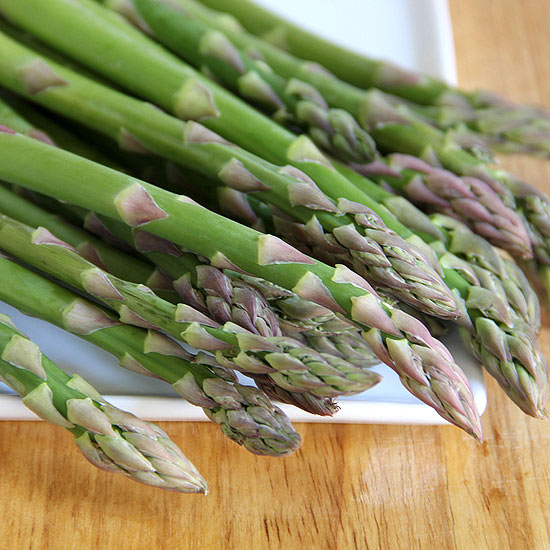
Step 1: Select & Buy Asparagus
Like broccoli and cauliflower, fiber-rich asparagus can be difficult for tiny tummies to digest, and it may cause gas. Wait until your baby is 10-months-old to introduce it to her. Use fresh asparagus or organic-frozen asparagus for pureeing (strain after pureeing since asparagus has a stringy texture). Asparagus is delicious alone or mixed with a variety of other veggies.
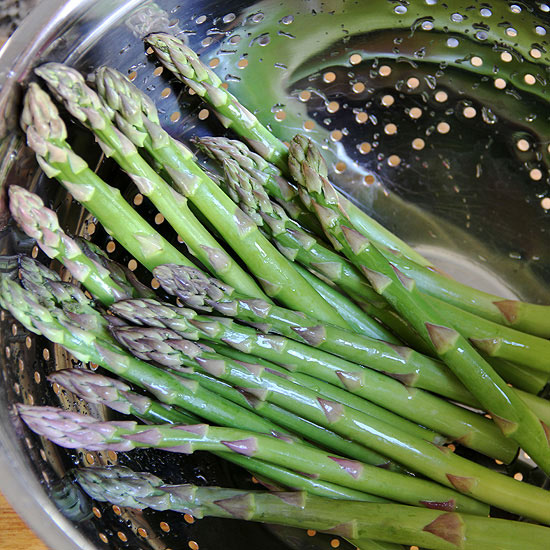
Step 2: Wash the Asparagus
No need to wash frozen asparagus. If you prefer to go with fresh, break asparagus, place in a colander, and rinse with cold water.
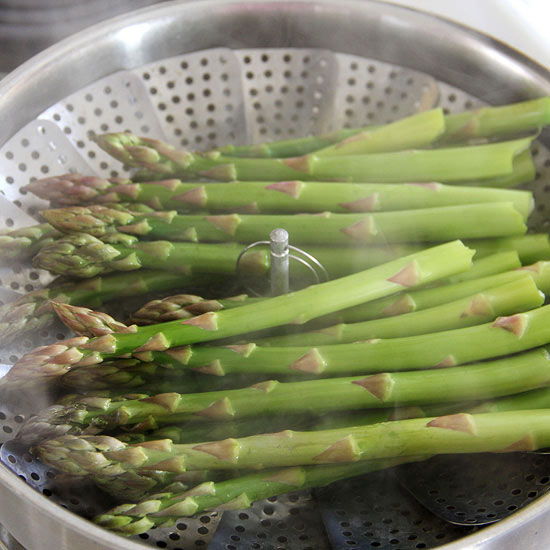
Step 3: Cook the Asparagus
Place the asparagus in a steamer and cook for about 5 minutes, or until tender. Drain asparagus and rinse with cold water for three minutes to stop the cooking process.
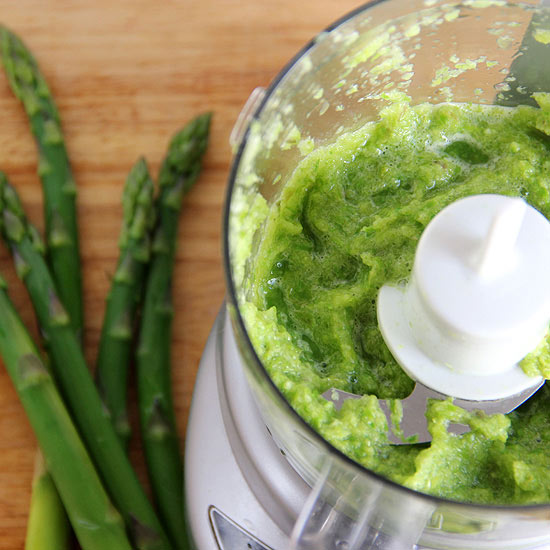
Step 4: Puree the Asparagus
Puree asparagus in a food processor or blender until smooth. Add water as needed to reach desired consistency. Strain to eliminate asparagus "strings." Once baby is ready for finger foods, typically around 10 months, you can serve her whole asparagus cut into tiny pieces.
Step 5: Serve Asparagus Puree
Asparagus tastes great on its own or mixed other veggies, grains, and protein. Try mixing asparagus puree with:
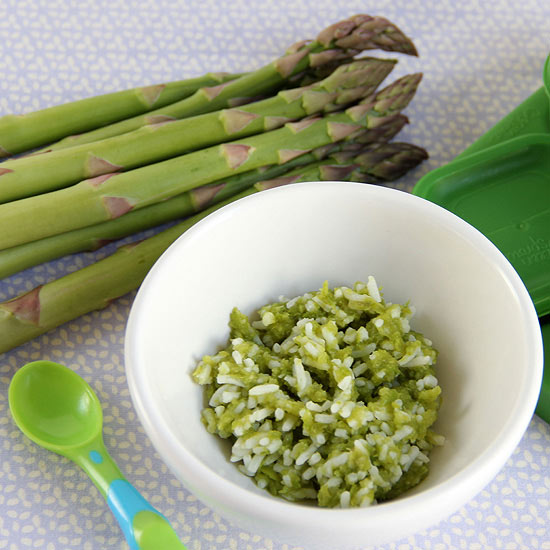
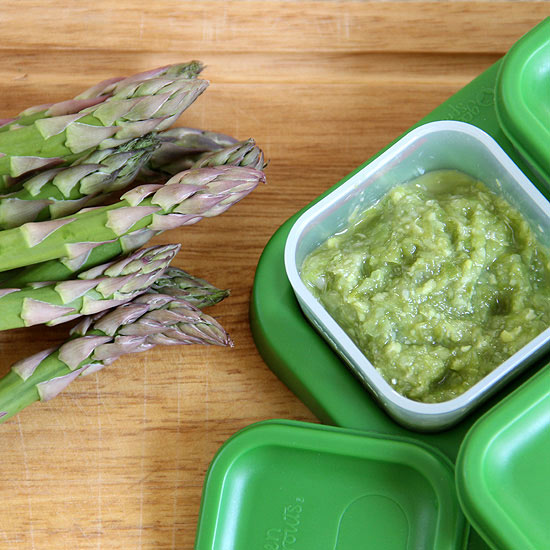
Step 6: Refrigerate or Freeze Leftover Asparagus Puree
Cool asparagus puree and refrigerate leftovers in BPA-free containers for up to 3 days. Freeze leftovers for up to 3 months. Thaw overnight in your refrigerator.
Note: Always check with your pediatrician before introducing your baby to a new food, particularly if your baby has food allergies. Additionally, some pediatricians do not recommend making your own carrot, beet, or spinach puree because these fresh veggies can be higher in nitrates.
Copyright © 2012 Meredith Corporation.

